30 Best Lizard Illustration Ideas You Should Check

Source: Elvereth, John, DeviantArt, https://www.deviantart.com/elvereth/art/John-553515330
Leap into the world of creativity with our colorful exploration of the best lizard illustration ideas! Whether you're an artist looking to infuse some new techniques into your work or a nature enthusiast eager to see how these cold-blooded creatures are captured on canvas, this article is your perfect playground. Lizard illustrations offer a fantastic spectrum of artistic expressions, from hyper-realistic renditions that might make you do a double-take to whimsical, cartoonish versions that bring a smile to your face.
These scaly subjects are not only fascinating due to their varied textures and vibrant patterns but also due to their dynamic poses and environments. Get ready to be inspired by stunning visuals that push the boundaries of traditional wildlife art. Dive into our compilation and discover how these reptilian muses can transform your artistic visions into stunning masterpieces!
Lizard Illustration Ideas

Source: Eurwentala, Longisquama, DeviantArt, https://www.deviantart.com/eurwentala/art/Longisquama-925230454
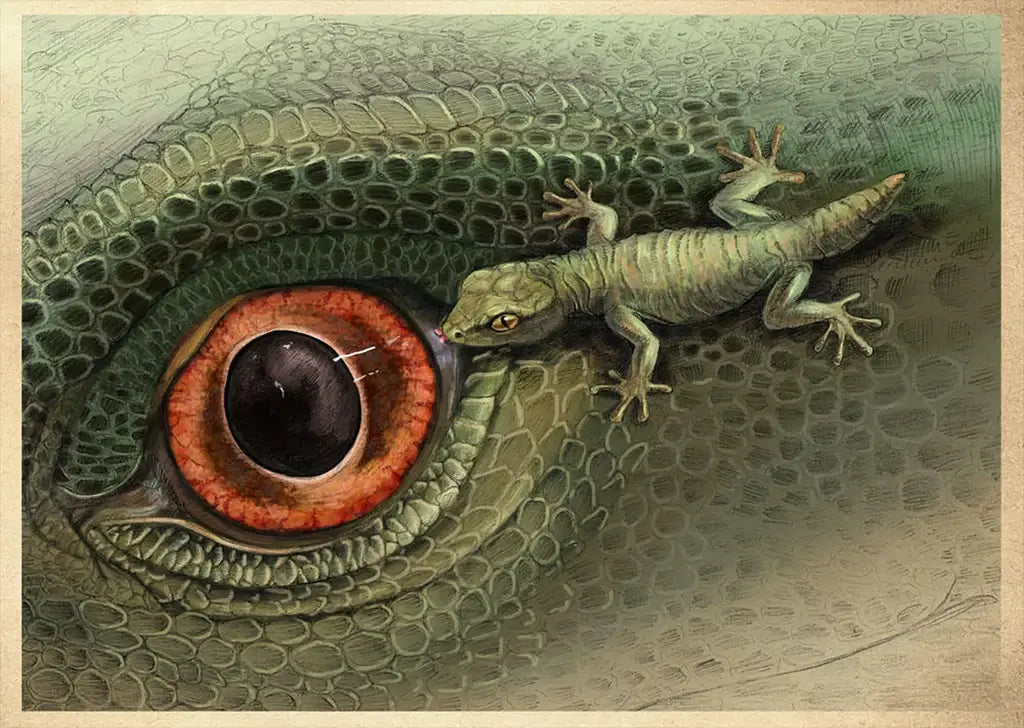
Source: Hontor, Gecko Companion, DeviantArt, https://www.deviantart.com/hontor/art/Gecko-companion-290570729
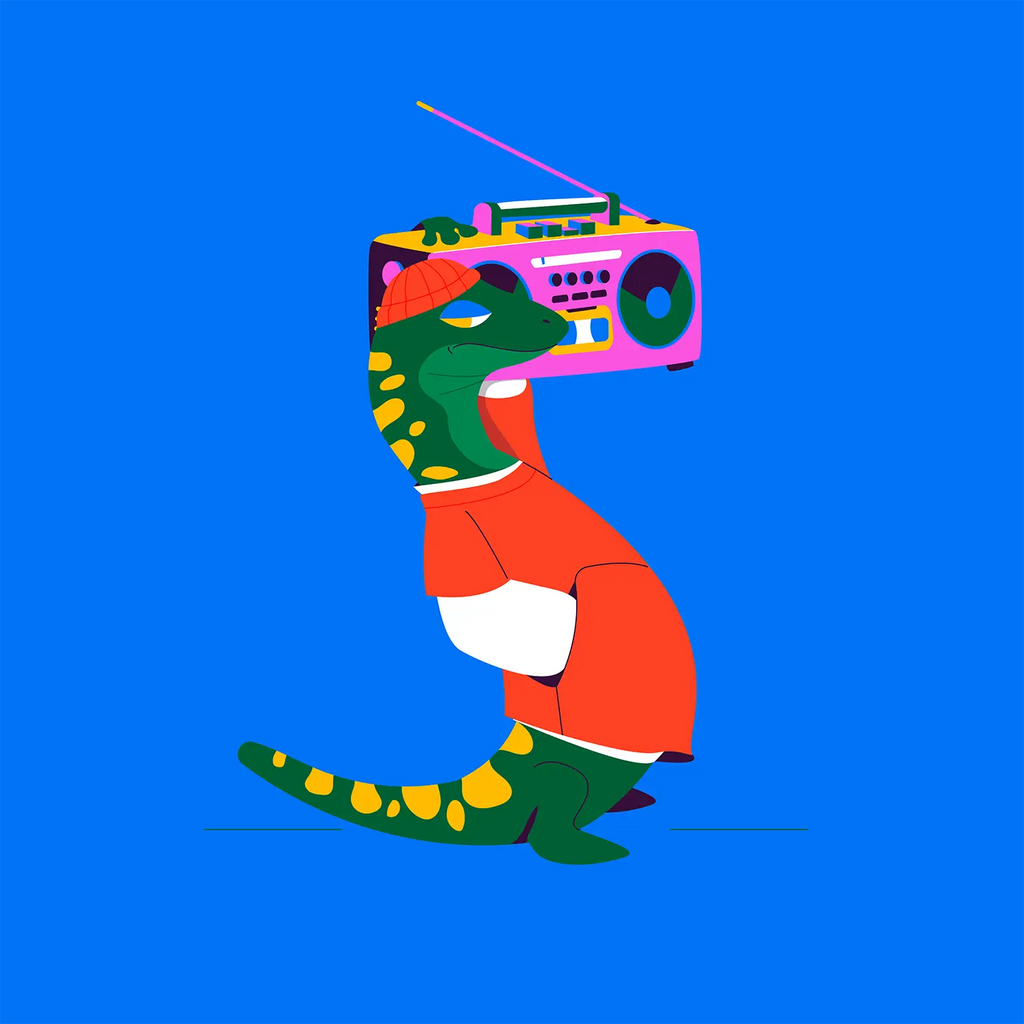
Source: Daniela Jiménez, Rap Lizard, Dribbble, https://dribbble.com/shots/15730041-rap-lizard
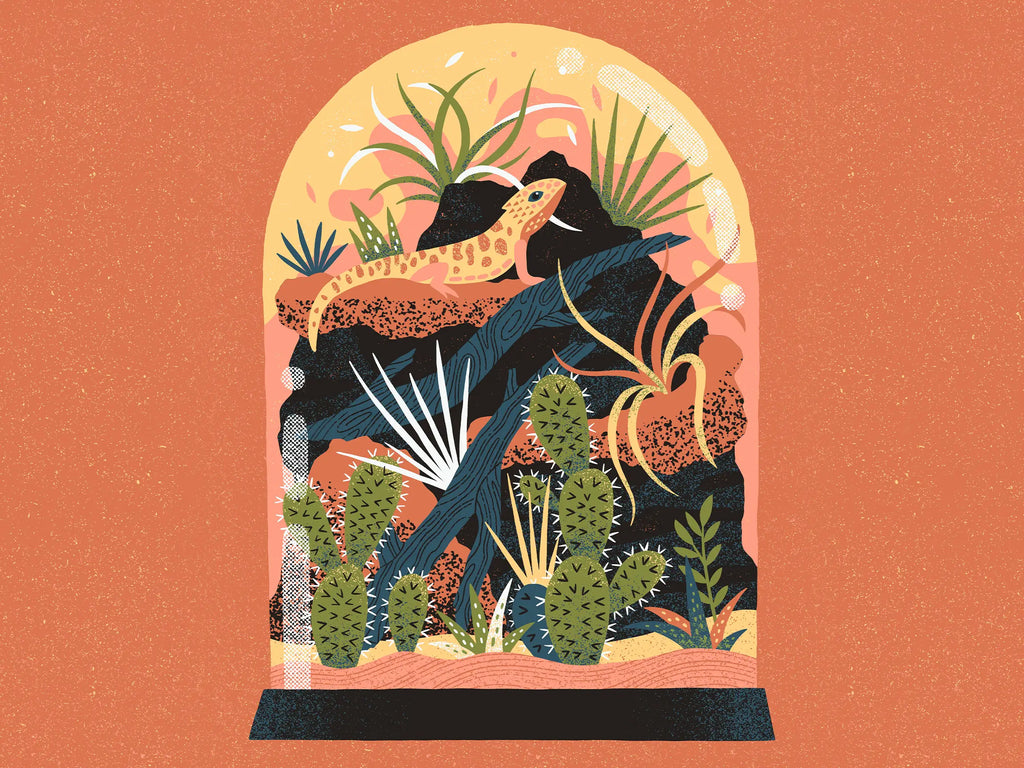
Source: Travis Stewart, Bearded Dragon Vivarium, Dribbble, https://dribbble.com/shots/18749934-Bearded-Dragon-Vivarium
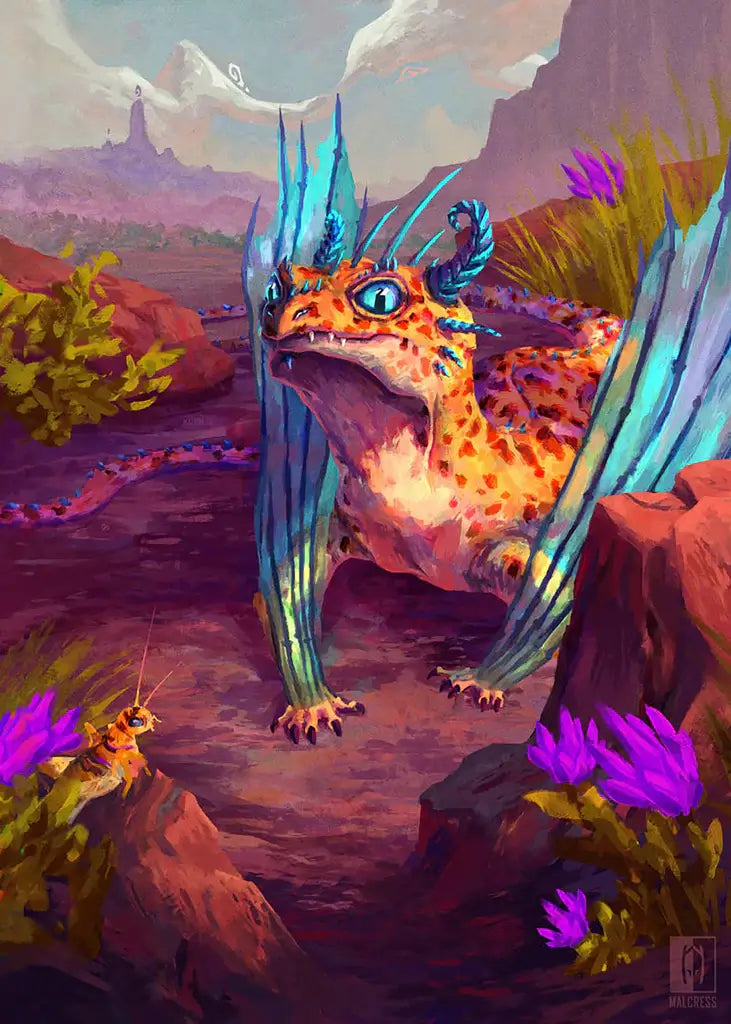
Source: Malcressart, Gecko Dragon, DeviantArt, https://www.deviantart.com/malcressart/art/Gecko-Dragon-892569957
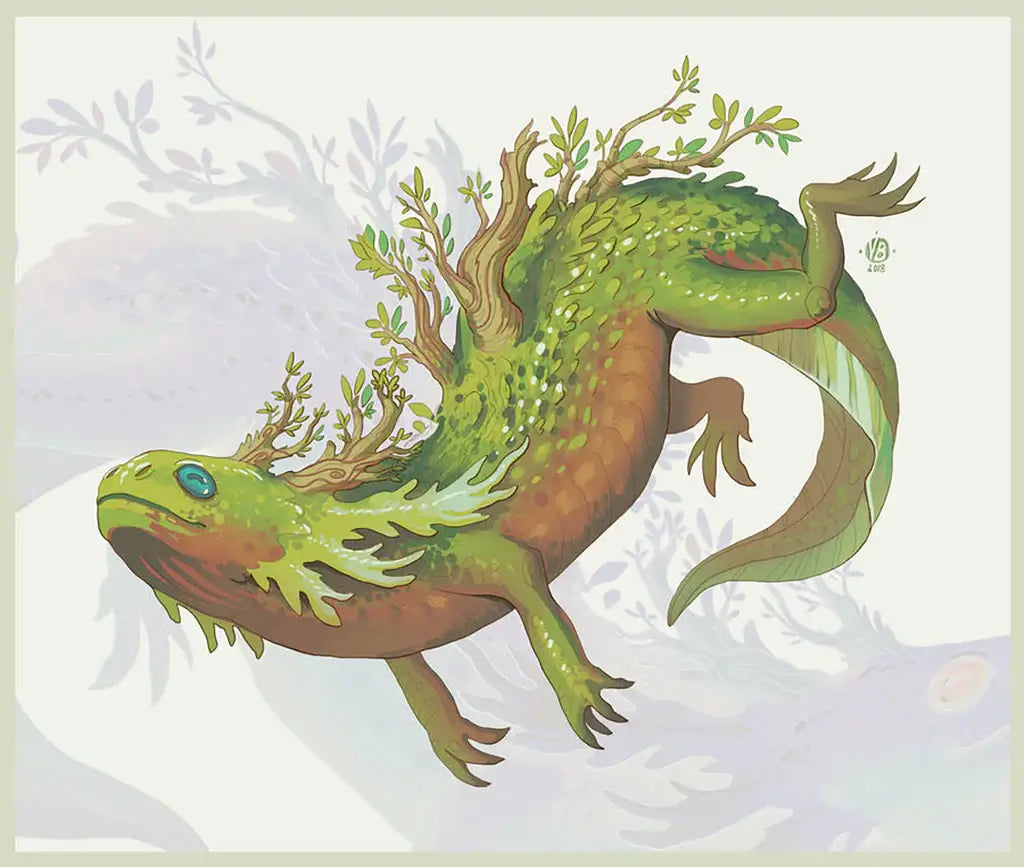
Source: Nimphradora, Voden, DeviantArt, https://www.deviantart.com/nimphradora/art/Voden-785632841

Source: Anggadpart, Water Monitor, DeviantArt, https://www.deviantart.com/anggadpart/art/Water-Monitor-762933399

Source: Mischievousdog, Golden Axolotl, DeviantArt, https://www.deviantart.com/mischievousdog/art/Golden-Axolotl-833958125
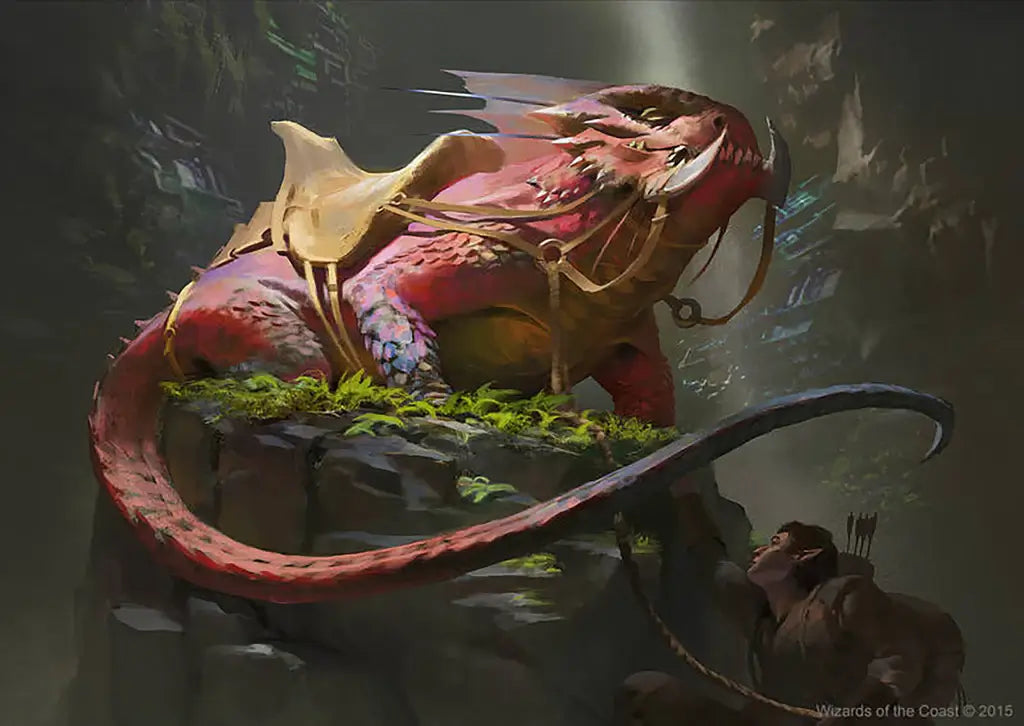
Source: Kangjason, Saddleback Lagac, DeviantArt, https://www.deviantart.com/kangjason/art/MTG-Saddleback-Lagac-586463871

Source: Bulma illustrates, The Licky Lizard, Dribbble, https://dribbble.com/shots/21397489-The-Licky-Lizard
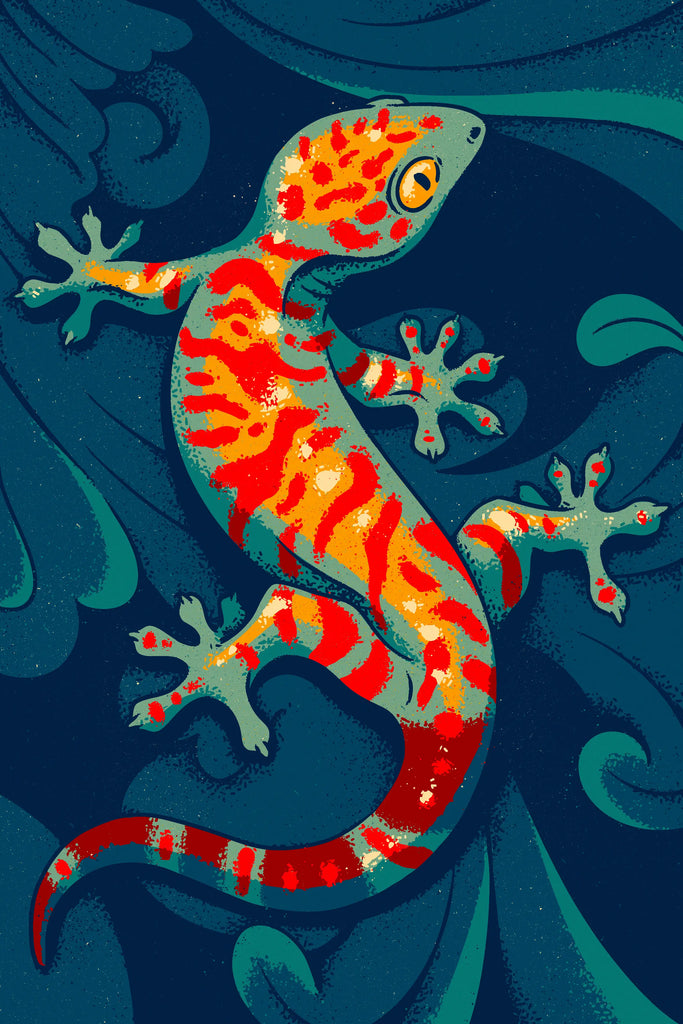
Source: Kristina Ooo, Tokay Gecko, Dribbble, https://dribbble.com/shots/23104546-Tokay-Gecko
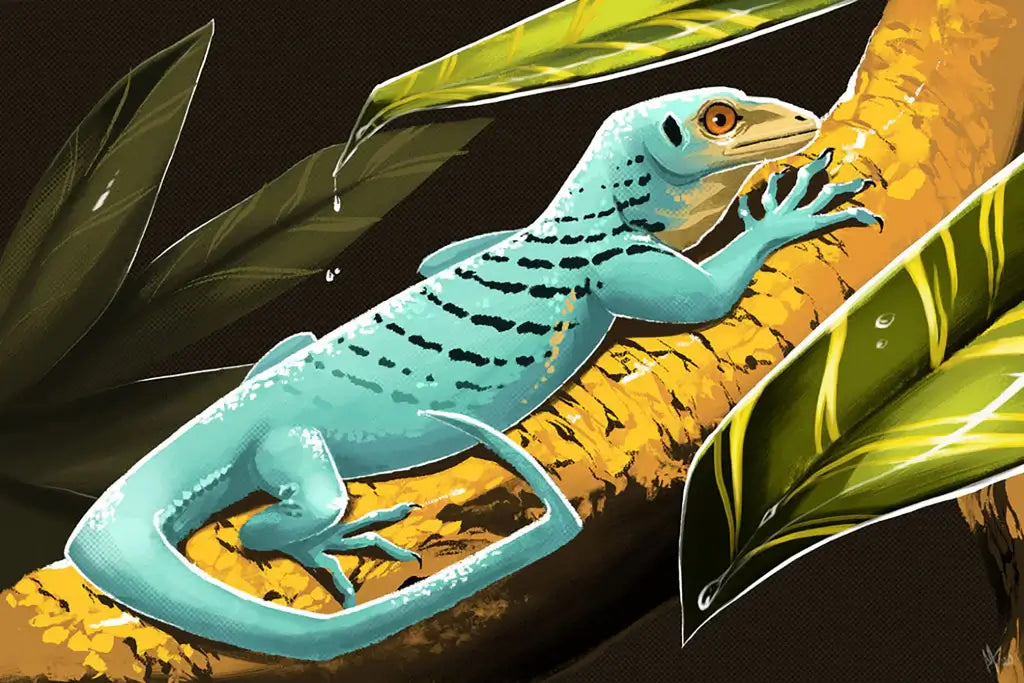
Source: Lightningspam, Emerald Tree Monitor, DeviantArt, https://www.deviantart.com/lightningspam/art/Emerald-Tree-Monitor-845206962

Source: Dragonosx, Red Eft Stage, DeviantArt, https://www.deviantart.com/dragonosx/art/Newt-Portrait-Red-Eft-stage-130002864
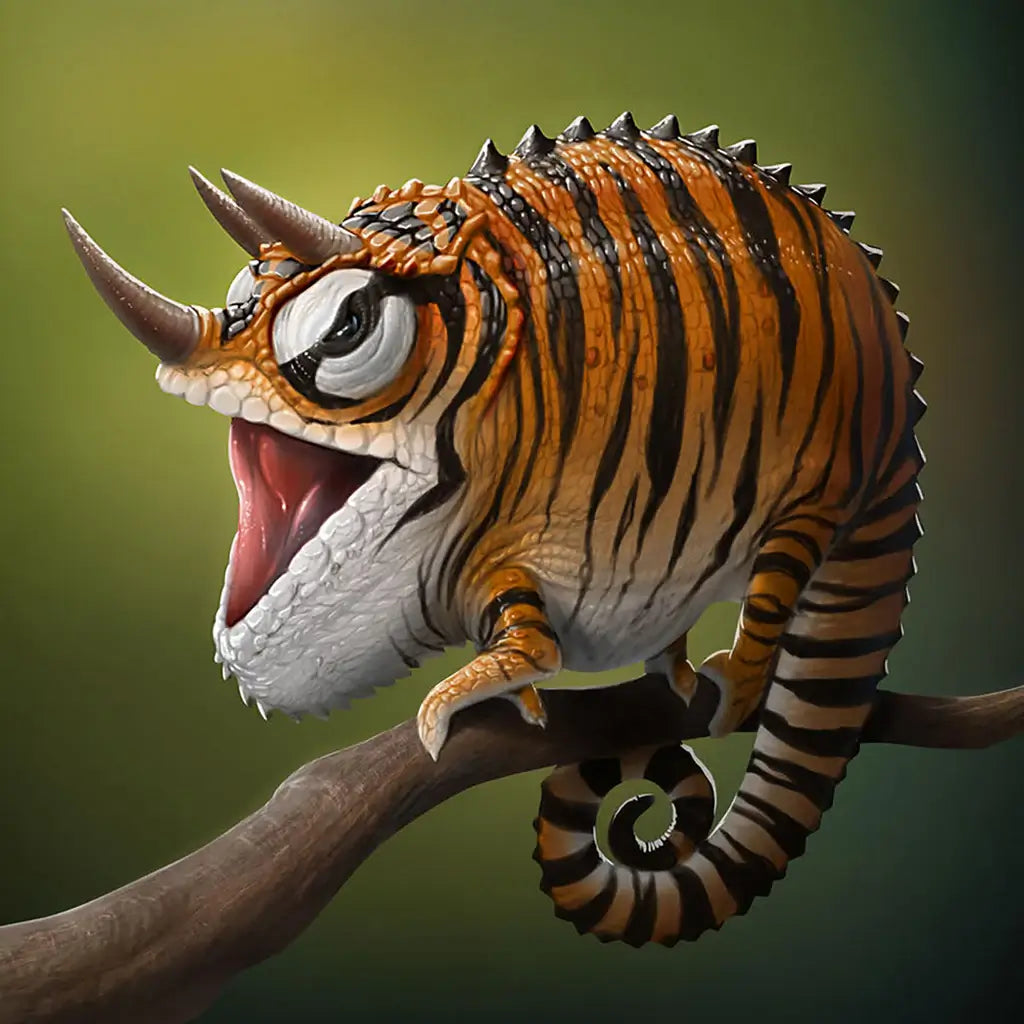
Source: Darkodev, Tiger Chameleon, DeviantArt, https://www.deviantart.com/darkodev/art/Tiger-Chameleon-545020592

Source: Dom Guzman, Gecko <3 Citrus, Dribbble, https://dribbble.com/shots/14117791-Gecko-3-Citrus
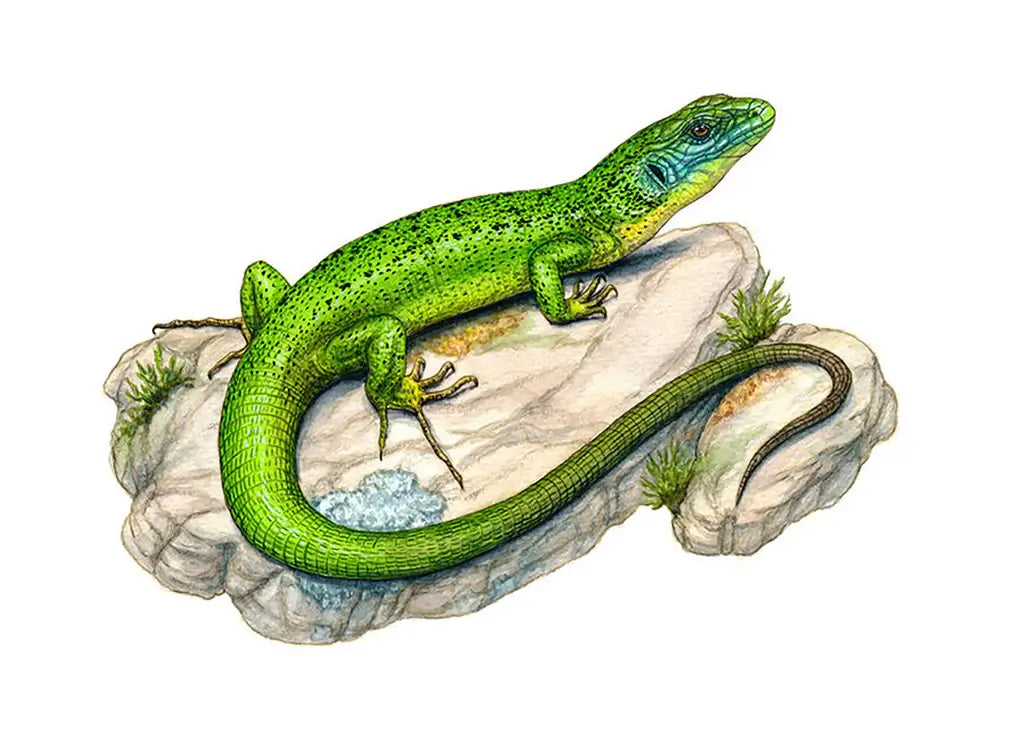
Source: Maiwenn, Western Green Lizard, DeviantArt, https://www.deviantart.com/maiwenn/art/Western-green-lizard-882748463
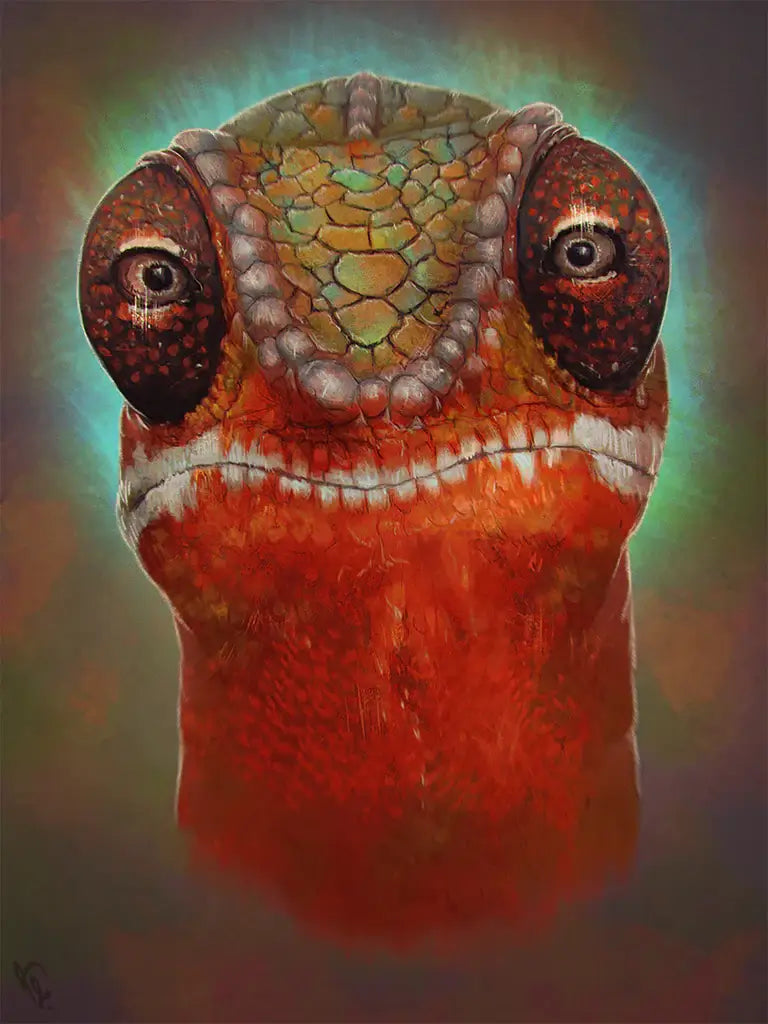
Source: Angelganev, DeviantArt, https://www.deviantart.com/angelganev/art/Reptile-Study-3-Day-10-540648889

Source: Bedupolker, Flat Freak, DeviantArt, https://www.deviantart.com/bedupolker/art/Flat-Freak-857542010
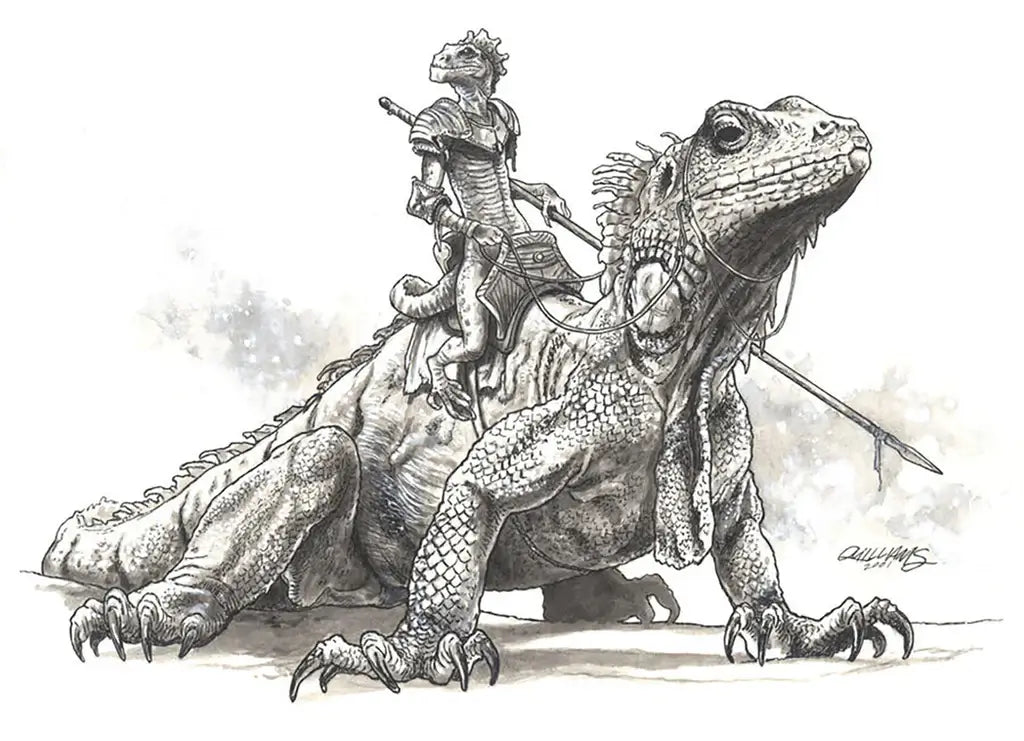
Source: Chrisquilliams, Lizard Rider, DeviantArt, https://www.deviantart.com/chrisquilliams/art/Lizard-Rider-276597086
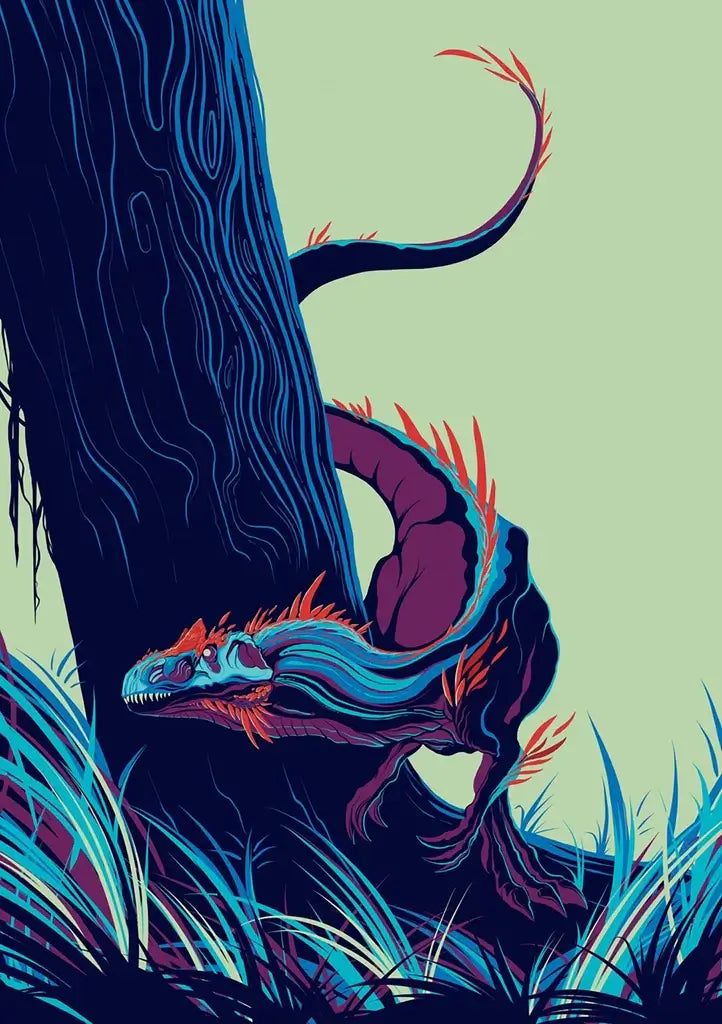
Source: Akkhukaya, Dinasour, DeviantArt, https://www.deviantart.com/akkhukaya/art/Dinasour-845471067

Source: Clarascintilla, Swamp Lady, DeviantArt, https://www.deviantart.com/clarascintilla/art/Swamp-Lady-CLOSED-896754269
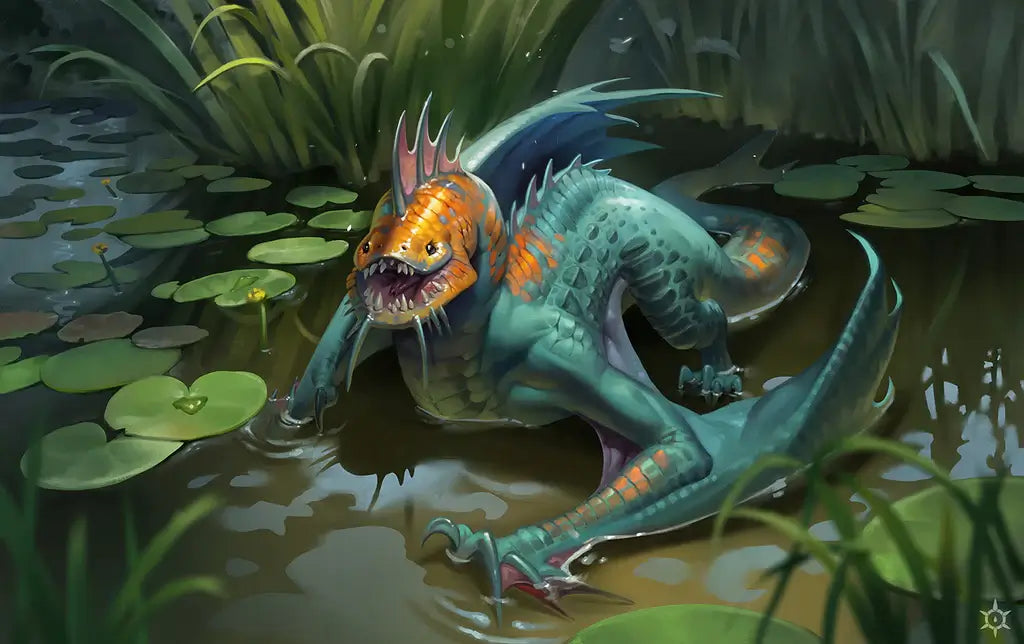
Source: Milicraft, Water Wyrm, DeviantArt, https://www.deviantart.com/milicraft/art/Water-Wyrm-809905910

Source: Wolf-minori, Lizard Study, DeviantArt, https://www.deviantart.com/wolf-minori/art/Lizard-study-666235540
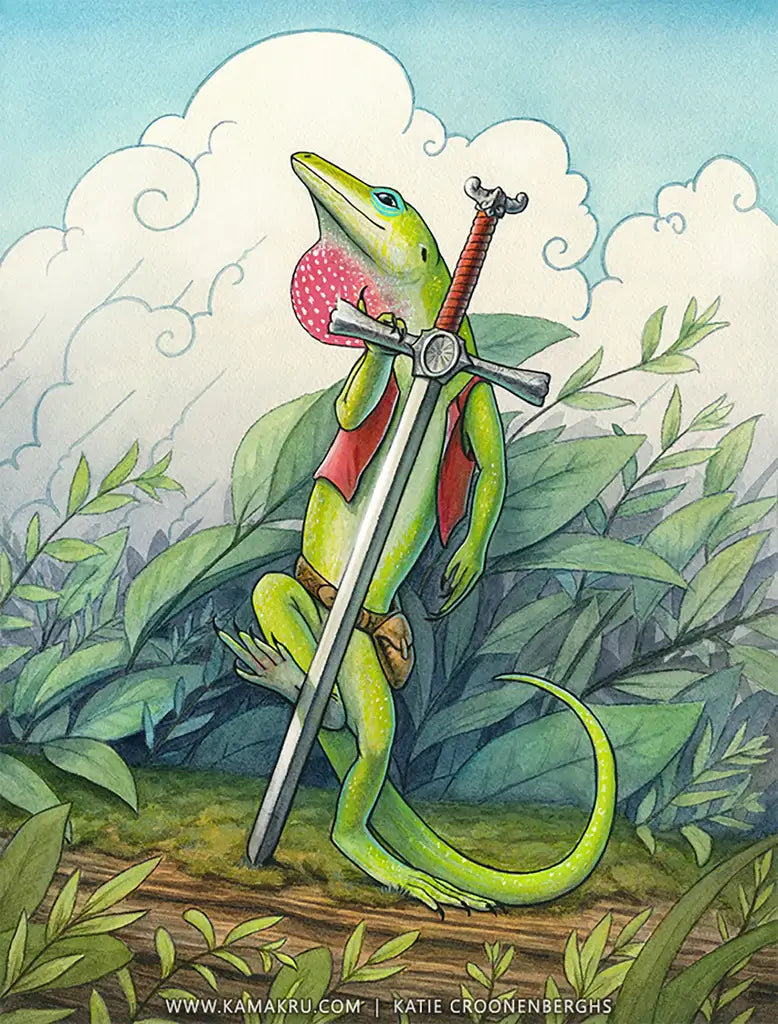
Source: Kamakru, Green, DeviantArt, https://www.deviantart.com/kamakru/art/Green-Anole-Page-of-Swords-Tarot-Card-888729437

Source: Niamorris54, Creature, DeviantArt, https://www.deviantart.com/niamorris54/art/Creature-864848244
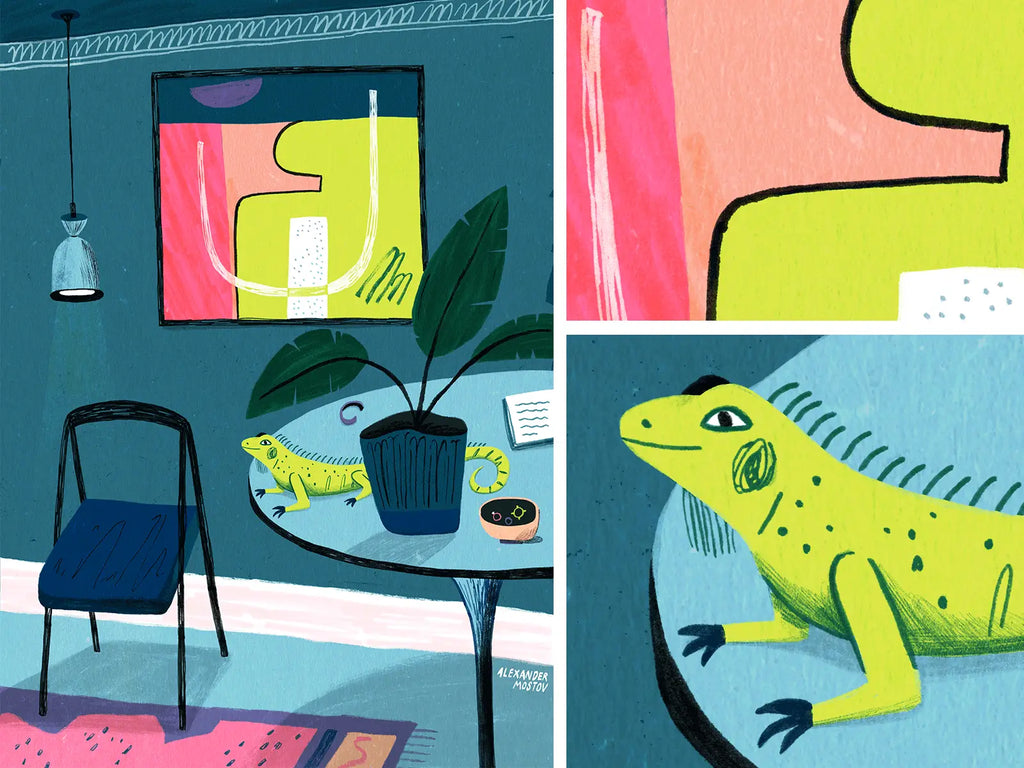
Source: Alexander Mostov, Happy Lizard in Colorful Room, Dribbble, https://dribbble.com/shots/20303771-Happy-Lizard-in-Colorful-Room
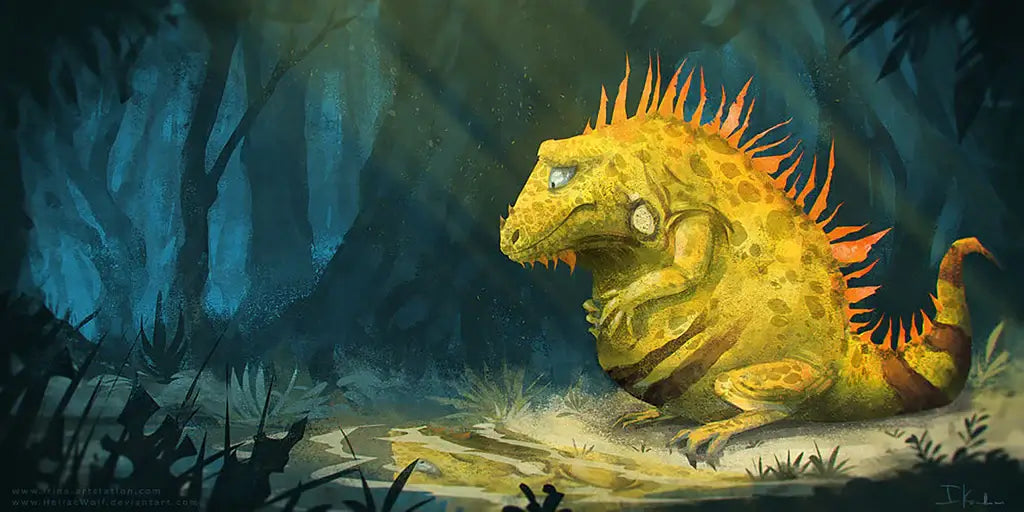
Source: Heliacwolf, Iguana, DeviantArt, https://www.deviantart.com/heliacwolf/art/Iguana-479811084
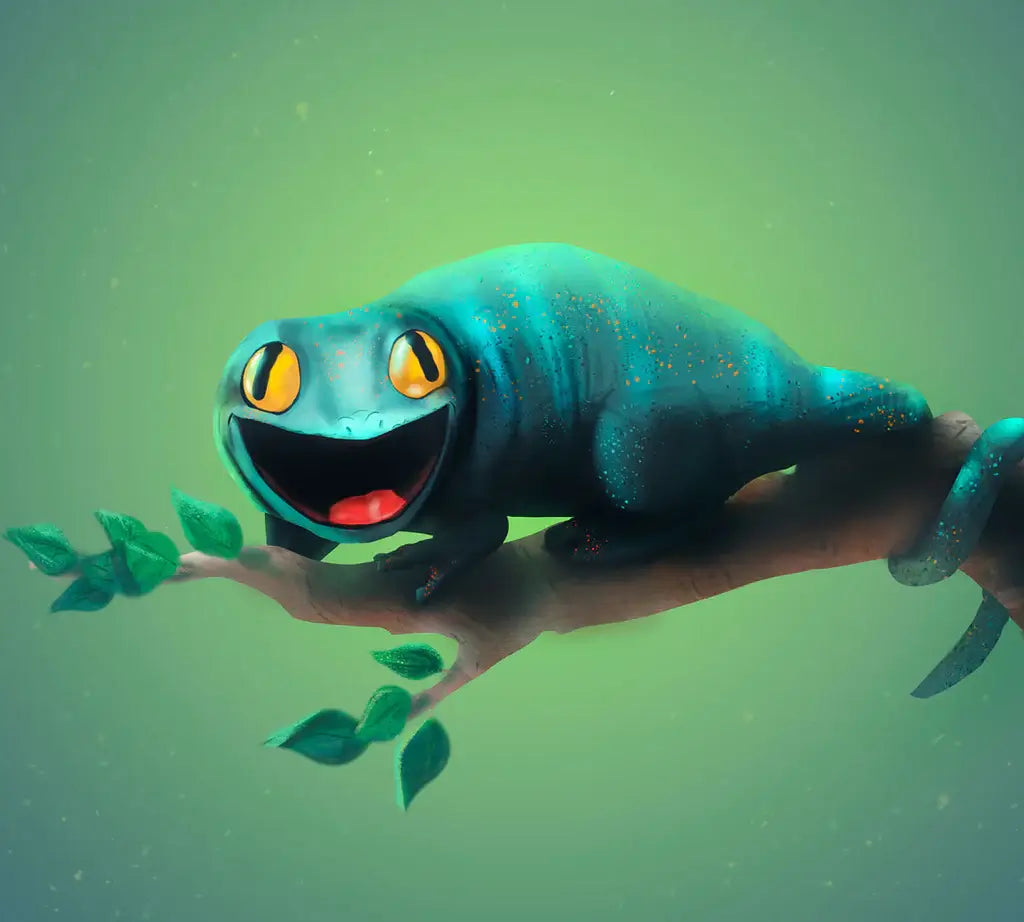
Source: Dandraeliss, Hehesha, DeviantArt, https://www.deviantart.com/dandraeliss/art/Hehesha-Laughy-gecko-854384330
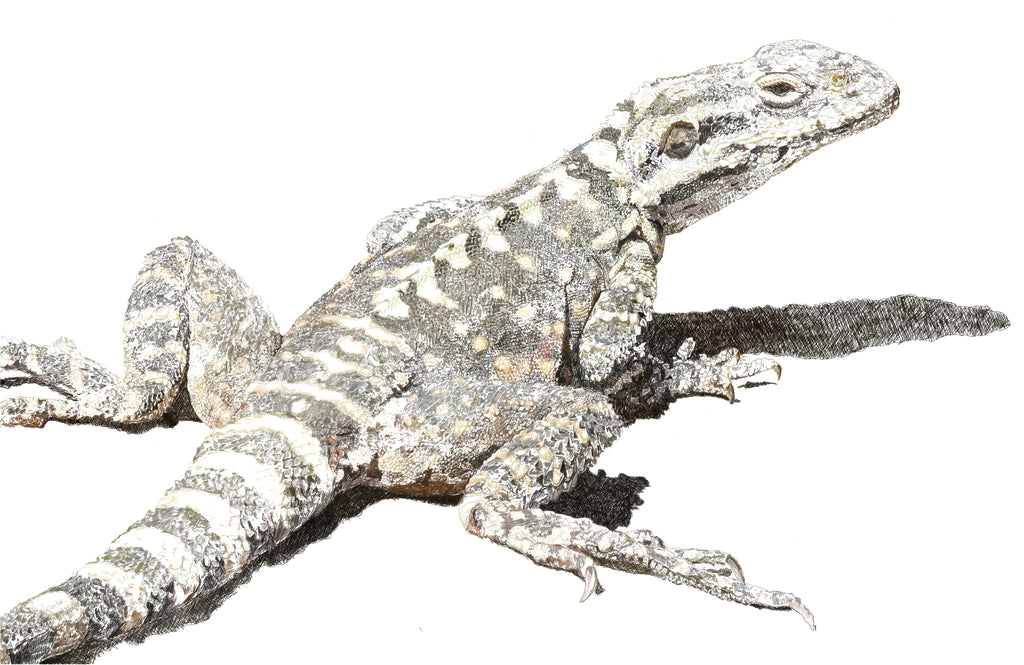
Source: Kaz T, Ornate Dragon (Lizard), Behance, https://www.behance.net/gallery/87945743/Ornate-Dragon-(Lizard)

Source: Elvereth, John, DeviantArt, https://www.deviantart.com/elvereth/art/John-553515330
What Colors Work Best for Lizard Illustration?
When it comes to bringing your lizard illustrations to life, color plays a starring role. After all, lizards aren't just any old creatures; they're a vibrant palette of Mother Nature’s finest hues. Whether you’re aiming to capture their natural charm in a scientifically accurate way or letting your creative flag fly with more abstract depictions, here are five color tips to make your lizard illustrations pop:
Naturalistic Neutrals
If you’re going for realism, observe the true colors of your lizard species closely. Many lizards blend into their environments, so their colors are often subtle and earthy. Shades of browns, greens, and grays are common, mimicking the rocks, leaves, and trees they inhabit. Using a palette of neutral tones can help convey a lizard's ability to camouflage, but even within those neutrals, you can explore a range of undertones—olive greens, sandy yellows, or muddy browns, depending on the lizard’s habitat.
Bright and Bold
On the flip side, if your artistic vision leans towards the dramatic, don’t be afraid to dial up the color intensity. Some lizards sport incredibly vivid colors in real life, like the electric blue of a blue-tailed skink or the fiery oranges and reds of a gila monster. These colors can serve as a focal point in your illustrations, drawing the viewer’s eye and making your artwork stand out. Use saturated colors to highlight the unique patterns and features of the lizard.
Highlight and Shadow Hues
When adding depth and dimension to your lizard illustrations, consider the colors you use for highlights and shadows. Instead of just adding black or white, infuse shadows with cool blues or purples, and use warm yellows or oranges for highlights to simulate sunlight. This technique can add a more dynamic, realistic feel to your illustrations, especially when depicting the curvature of scaly skin under natural light.
Contrast for Character
Utilize contrasting colors to enhance certain characteristics of the lizard. For instance, contrasting a lizard's vibrant throat fan with a darker body color can emphasize this feature when it’s extended in a display. Using complementary colors (like green and red or blue and orange) can also make your illustrations more vibrant and eye-catching, especially if you want to focus on specific details or patterns.
Mood and Atmosphere
The colors you choose can also set the mood of your illustration. Cooler tones like blues and greens can evoke a calm, natural feel, suitable for a lizard quietly basking on a rock. Warmer tones, on the other hand, can create a sense of heat and aridity, perfect for depicting a desert-dwelling lizard. Think about the environment and the story you want to tell with your illustration, and let your color choices help convey that narrative.
By thoughtfully selecting your colors, whether sticking closely to nature’s blueprint or giving your lizards a fantastical makeover, you can make sure your lizard illustrations are as lively and compelling as the creatures themselves.
What Are Some Unique Features of Lizards to Highlight in Illustrations?
When it comes to lizard illustration, showcasing their unique features can turn a simple sketch into a spectacular piece of art! Lizards, those charismatic critters of the reptile realm, are more than just your garden-variety gecko. Here are five fabulous features that can make your lizard illustrations leap off the page:
Spectacular Scales
Lizard scales are not just a detail; they're a standout feature that can define the texture and tone of your illustration. Each species has a different scale pattern, which can be a fun challenge to capture. From the smooth, almost glossy scales of a skink to the spiky, rugged armor of an iguana, paying attention to the texture can bring your lizard to life. Use light and shadow to highlight the shape and arrangement of the scales, adding depth and realism to your work.
Dynamic Digits
Lizard limbs are a playground of possibility! Their toes often have specialized adaptations, like the suction-cup-like pads found on a gecko's digits, allowing them to climb smooth surfaces. Illustrating these can add an element of interest and realism. How about drawing a lizard in action, perhaps scaling a dewy leaf or sprawled out basking on a rock, showcasing those intricate digits?
Vivid Colors
Many lizards come in vivid colors and patterns that are a dream come true for any artist. Think bright greens, deep blues, and striking yellows. Some lizards, like the chameleons, even change colors, which could be an exciting dynamic to explore in a series of illustrations. Emphasize these colors to not only attract the eye but also to convey the mood or environment of the scene.
Expressive Eyes
The eyes are the windows to the soul, even for a lizard. Lizard eyes can be remarkably expressive and varied, from the round, wide-eyed stare of a tokay gecko to the narrow slits of a monitor lizard. These can be a focal point to convey emotion or focus in your illustration. Don't forget the eyelids and the direction of gaze, which can add an extra layer of personality.
Tantalizing Tails
Many lizards have tails that are as expressive as they are functional. From the thick, fat reserves of a leopard gecko's tail to the whiplike appendage of a whip-tailed lizard, tails can be a dynamic feature in your artwork. Illustrate them in motion, curled or even regenerating, to add a narrative element to your piece.
Highlighting these unique lizard features in your illustrations can turn a simple drawing into a deep dive into the diversity and beauty of these fascinating creatures. So unleash your creativity, and let those lizards strut their stuff on your canvas!
What Are Some Examples of Dynamic Poses for Lizard Illustrations?
Capturing lizards in dynamic poses can transform your illustrations from static sketches to vibrant visuals full of life and energy. Whether you're aiming to depict the swift motion of a chase or the subtle tension of a lizard basking in the sun, here are five dynamic poses to consider that will make your lizard illustrations truly stand out:
The Hunting Stalk
Imagine a bearded dragon inching towards its prey, body low and eyes locked. This pose is all about anticipation and focus. Illustrate the tension in the lizard’s body as it prepares to strike, with detailed attention to the positioning of its limbs and the intensity in its eyes. This pose not only highlights the predatory nature of many lizards but also adds a narrative element to your art, telling a story of survival in the wild.
The Defensive Display
Some lizards, like the frilled lizard, have spectacular defensive mechanisms that make for an eye-catching illustration. Picture this: when threatened, it spreads its frill around its neck like a dramatic collar, often while rearing up on its hind legs and opening its mouth in a fierce hiss. Capturing this moment of defiance can add a powerful emotional impact to your artwork, showcasing the lizard’s unique adaptations.
The Climbing Acrobat
Lizards like geckos and anoles are masters of vertical ascent. Illustrate a gecko navigating a vertical surface, such as a tree trunk or a rock face. Focus on the spread of the toes, the curve of the tail, and the lean of the body against gravity. This pose not only shows off the lizard's agile nature but also plays with perspective, adding depth and interest to your composition.
The Leisurely Lounger
Not all dynamic poses are about action. A lizard sunning itself on a warm rock can be just as compelling. Capture the relaxed, sprawling posture of a lizard absorbing heat, with its limbs spread out and its eyes half-closed in contentment. This pose can convey a sense of peace and stillness, contrasting with more vigorous activities and highlighting the diversity of lizard behaviors.
The Swift Sprinter
Many lizards are capable of sudden bursts of speed. Illustrate a lizard in mid-sprint, perhaps during a territorial chase or escaping from a predator. The pose should convey motion, with blurred limbs and a body angled for speed. This pose is great for showing the athleticism of lizards and can inject a sense of urgency and excitement into your illustrations.
These poses are not just about capturing the physicality of lizards; they’re about bringing stories to life on the page. Each pose invites viewers into a moment in the life of these fascinating creatures, providing a glimpse into their daily struggles and triumphs. So consider these dynamic poses to breathe life into your lizard illustrations and keep your audience captivated!
What Are the Popular Styles in Lizard Illustration?
Diving into the world of lizard illustrations is like opening a treasure chest of artistic expression—there's a style to suit every taste! From the scientifically detailed to the abstractly whimsical, lizard illustrations can be as varied as the artists who create them. Here are five popular styles that keep popping up in galleries, books, and online platforms, each bringing a unique flavor to these fascinating reptilian subjects:
Realistic Renderings
For those who aim to celebrate the natural beauty of lizards in all their detailed glory, realistic renderings are the go-to style. This approach focuses on anatomical accuracy, lifelike textures, and natural colors. It’s perfect for educational purposes, wildlife art, and scientific publications. Artists might use watercolors, pencils, or digital tools to achieve a look that’s as close to the real thing as possible, making viewers do a double-take to distinguish art from photograph.
Stylized Graphic
Graphic design meets lizard life in this vibrant style. Stylized illustrations often feature bold colors, clean lines, and simplified forms, making them ideal for logos, apparel, and more mainstream media applications. This style distills lizards down to their most iconic elements—think sleek silhouettes or exaggerated features like oversized eyes or dramatized scales—which can make the designs stand out and be instantly recognizable.
Cartoon and Caricature
Who says lizard illustrations can't be fun and full of personality? The cartoon and caricature style is all about bringing a sense of humor and whimsy to the depiction of these creatures. Exaggerated expressions, dynamic poses, and vibrant scenarios help these lizards leap off the page. This style is fantastic for children’s books, animation, and any project looking to add a playful touch.
Surreal and Abstract
For the more avant-garde artist, lizards can be a source of surreal inspiration. This style bends reality, playing with unusual color schemes, unexpected textures, and fantastical compositions that blend elements of the natural world with the imagination. It’s a way to explore deeper meanings or simply to captivate viewers with the unexpected. These illustrations might feature lizards with leaf-patterned skins, sky-filled bodies, or morphing into elements of their environment.
Mixed Media Masterpieces
Blending various artistic mediums can result in some of the most compelling lizard illustrations. Artists may combine photography with ink, layer digital imagery over watercolors, or incorporate real-world textures and materials into their digital prints. This style is experimental and boundary-pushing, offering endless possibilities to explore form, texture, and color in ways that challenge the norms of traditional wildlife art.
Each of these styles offers a unique lens through which to view lizards, transforming everyday reptiles into extraordinary art. Whether you lean towards the accuracy of realism, the boldness of graphic stylization, the fun of cartoons, the depth of surrealism, or the innovation of mixed media, there’s a lizard illustration style that’s sure to match your artistic voice and vision.
What Are the Best References for Lizard Illustration?
Unlocking the secrets to stellar lizard illustrations requires diving into some seriously cool references. Whether you’re a seasoned artist or just starting to sketch your first scaly creature, knowing where to look for inspiration and guidance can make all the difference. Here are five top-notch resources that will help your lizard illustrations go from bland to brilliant, all while keeping things fun and fresh:
Zoology Books and Field Guides
When it comes to getting the details just right, nothing beats the good old zoology book or a detailed field guide. These resources are packed with high-quality photographs and descriptions of various lizard species from around the world. They provide insights into the anatomy, behavior, and habitats of these fascinating reptiles, making them invaluable for artists aiming to create accurate and lifelike representations. Look for books authored by reputable herpetologists—these will often provide the most scientifically accurate visuals and information.
Nature Documentaries
Immerse yourself in the world of lizards without leaving your studio by watching nature documentaries. These films not only showcase lizards in their natural environments but also offer close-ups and slow-motion footage that can be invaluable for studying movement and texture. Series like BBC’s "Planet Earth" or National Geographic’s wildlife specials can be particularly useful. Pay attention to how lizards move, interact, and survive in the wild—it’s the perfect way to gather dynamic material for your artwork.
Online Wildlife Photography Platforms
Websites like National Geographic, Wildlife Conservation Society, and even dedicated photography platforms like Flickr or 500px host collections of wildlife photographs submitted by professionals and amateurs alike. These can be fantastic for seeing lizards in a variety of settings and styles, from macro photography that highlights intricate scale patterns to action shots capturing the swift movements of these creatures.
Museum Visits
If you can, visit natural history museums where you can study lizard specimens up close. Many museums have extensive herpetological collections where you can observe preserved specimens and even detailed skeletal mounts. This direct observation allows you to understand the structure and form of different lizard species, providing a solid foundation for anatomically correct illustrations.
Art Tutorials and Workshops
Look for drawing tutorials and workshops that focus on reptiles and lizards specifically. These can be found on art education platforms like Skillshare, Udemy, or even YouTube. Professional artists often share their techniques for capturing the textures, colors, and forms of lizards, offering practical tips that you can apply directly to your work. Bonus points if the workshop includes a live drawing session, which can be incredibly beneficial for getting real-time feedback on your technique.
These resources will not only boost your knowledge about lizards but also inspire you to push the boundaries of your artistic skills. By incorporating insights from zoology, the dynamic visuals from documentaries, the precision of professional photography, the detailed observation opportunities from museums, and the practical techniques from workshops, your lizard illustrations are bound to evolve into true masterpieces.
Conclusion
Mastering lizard illustration involves not just a keen eye for detail but also a thoughtful approach to color and style. Whether you aim for realistic portrayals or more stylized renditions, understanding the unique characteristics of these diverse creatures can greatly enhance your artwork. By carefully selecting colors that reflect the natural environment of the lizard or push the boundaries with vibrant contrasts, your illustrations can capture the essence of these fascinating reptiles. Embrace the challenge, and let each lizard illustration you create be a testament to both your artistic skill and your appreciation for nature's complexity.
Let Us Know What You Think!
Every information you read here are written and curated by Kreafolk's team, carefully pieced together with our creative community in mind. Did you enjoy our contents? Leave a comment below and share your thoughts. Cheers to more creative articles and inspirations!















Leave a Comment